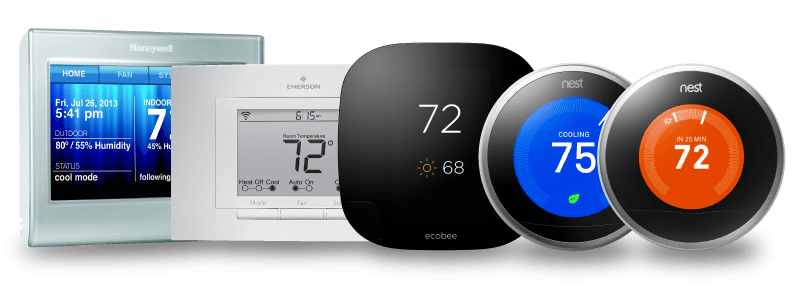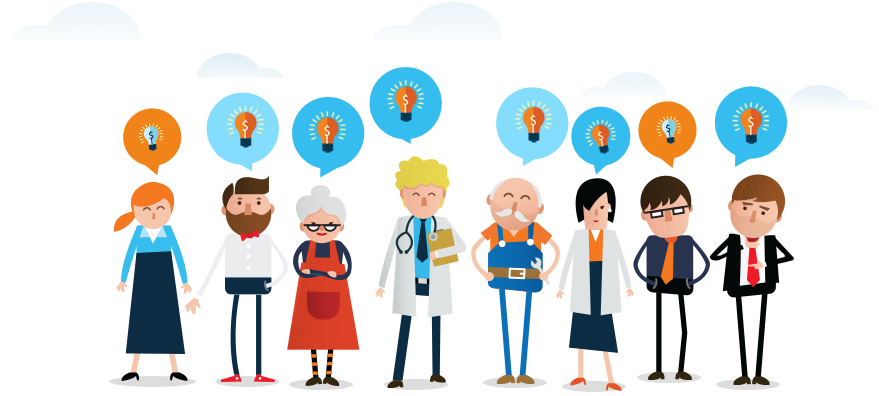You’ve no doubt heard a lot about renewable energy, but if you’re still in the dark on the matter read our renewable energy for dummies post.
But what are the different types of renewable energy sources, and are there any pros and cons? We’ve given you an easy-to-digest summary of the 3 biggest renewable sources in Australia:
Renewable energy sources #1: Solar Power
Solar Power harnesses the power of the Sun to and converts it into a 100% emission free source of renewable energy available to us in HUGE proportion. The challenge is finding the right technology to capture and convert this mighty power source. Two common methods are Solar Panels and Photovoltaic Panels (PV). Both sit outside facing the sun, and draw in the sun’s energy before converting it to electricity. You can get them installed on the roof of your car to power your air-con, the roof of your house to power your entire home, or you can use them in isolation with your hot water heater. The possibilities are massive, and as technology advances it has become more inexpensive and accessible.
The best bits… 100% emission free. You can install it in your own home or business. Prices are dropping as technology advances.
Things to be aware of… A large amount of space is required – not great for apartments or skyscrapers. The cost of solar panels is still relatively high in comparison to traditional energy sources. And if there are periods of no-sun, you’ll need to depend on energy reserves captured on sunny days (until it runs out).
Renewable energy sources #2: Hydro Energy
This technology depends on moving water (oceans, dams, rivers) to power large turbines which are attached to generators. Tidal Turbines can power an entire suburb using the energy of the ocean, and minimal waste is produced. The creation of water turbine plants can also mean the creation of large water reservoirs – providing a water source for recreational activities or even for agricultural purposes – that’s a win! Even cooler is that micro-hydro power is now a thing, and can be installed in streams, rivers and creeks.
The best bits… Can be built in large or small scale. Reliable – can last a very long time.
Things to be aware of… Large scale Hydro Power requires huge investment from Government or companies to get up and running. This isn’t something you can build in your backyard, so it will require a lot of interest from the community to get going.
Renewable energy sources #3: Wind Power
Wind turbines use the power of moving air to harness, store and distribute electrical energy. One big advantage of wind turbines is that they don’t take up a large amount of space like Solar Panels do, and so integrating them into agricultural areas with minimal land uptake is a huge plus. Wind energy is one of the fastest growing energy sources in the world, and its potential is enormous.
Though variable, wind turbines achieve a capacity factor (the ratio of average output power to the turbine’s rated or maximum power) of up to 50% in Australian wind farms, and require less than 3 to 6 months to recoup the energy used in their manufacture.
Currently, large wind turbines are cheaper than any other renewable energy source, and under the Mandatory Renewable Energy Target (MRET) they compete head-to-head with coal-fired electricity generation at current costs. There are significant opportunities for small- and medium-sized turbines to be installed in urban and semi-urban areas such as sporting fields, parks, shopping centre car parks and industrial areas.
The best bits…
Clean (TICK), Renewable (TICK), Sustainable (TICK). Costs are relatively low, and continue to drop. They are actually quite pretty to look at! Power is essentially free once the infrastructure is in place. Can be used almost anywhere.
Things to be aware of… Wind can be inconsistent.








